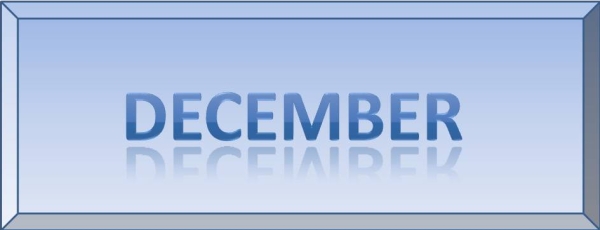Bonus review day - Science BINGO!Mon. 12/1 (DAY 1)
Bonus review day - Science BINGO!
Tues. 12/2
Snow day!!!
Weds. 12/3 (DAY 2)
Bonus review day - Science BINGO!
Thurs. 12/4 (DAY 2)
Bonus review day - Kahoot
Fri. 12/5 (DAY 1)
Bonus review day - Kahoot
